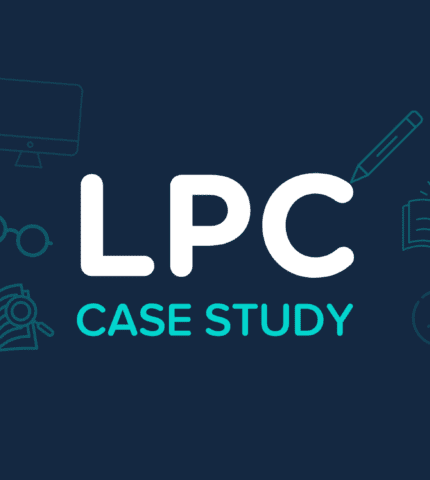Basically, microlearning is learning content broken down into short and directed bite-sized chunks of knowledge.
It’s purpose is to achieve better engagement in learning and better retention of what you have learnt.
Microlearning sessions are short – they can last from two to fifteen minutes, although the experts recommend that they should not last longer than four minutes.
These kind of lessons, presented in rich media formats like audio and video contents, presentations, animated illustrations, etc., provide the person who is learning with tangible and relevant knowledge of a specific topic. One lesson usually covers one idea or topic.
For example, microlearning sessions can cover:
– quick tips on effective time management
– examples of customer service situations and instructions on how to successfully deal with them
– interactive quiz on workplace etiquette.
Nowadays, people do not have much time, they are overworked, finicky and forgetful. Also, they are interested in education that is easy to find, that can be acquired in a short period of time, and that is content rich.
Since everyday life does not leave us a lot of time to waste, it is not surprising that this kind of learning broken down into pieces is gaining momentum.
Microlearning is attractive to many because:
1. People who work do not have a lot of time, they are preoccupied, and they want directed and useful learning activities.
Today we have more distractions than we have ever had before, and we don’t have patience for long-term processes, so we demand high-quality and highly efficient learning opportunities that can help us advance our career, and do not waste our time.
We want to take the learning experience into our own hands and to manage it ourselves, we want to choose learning content units on our own and when it suits us best.
2. Attention span is decreasing.
The average attention span has fallen from tvelwe seconds in 2000 to only eight seconds in 2015. While the problem of maintaining concentration required for learning is also a part of this phenomenon, it mainly reflects the state of the human mind.
We are easily distracted and it’s hard for us to stay focused on one thing, and many educational coaches recognize this as a big learning problem.
3. Learning prerequisites have also changed.
Let’s be realistic, nowadays nobody will sit through a four-hour education unless they are forced to. Today we want our education to be short and sweet. The most of us prefer short learning forms (up to ten minutes), and the common attitude is that the present e-learning modules are simply too comprehensive and that they contain too much information.
The key to success is to hone in on your participants’ needs, and in this case it is microlearning.
4. It is easy to forget what we have learnt.
Memory retention decreases in time. The level of information retention depends on the strenght of your memory and the time that has passed since you have acquired new information. The speed of forgetting depends on a number of factors such as the difficulty of the learnt material, its representation, as well as psychological factors such as stress and lack of sleep.
Therefore, the logical conclusion is that learning broken down into smaller pieces improves the retention of the learnt material due to fresh and relevant topics.
The main advantages of microlearning are:
– increased productivity
– knowledge retention
– relevance
– reduced costs of education and less time spent.
In short, microlearning is cheaper, faster and yields exceptional results!
It is clear that the way the people learn has changed. Not all types of learning require long and rich sessions in the classroom or via e-learning. Numerous types of trainings and skills can be presented in a microlesson format with exceptional results. In order for microlearning to function, the right material has to be covered and presented in the right format.
Employees at all levels expect dynamic, directed and continuous learning opportunities from their employers. In accordance with that, corporate education should switch from long and rigid courses to short and informative ones. It should be pointed out that microlearning is not necessarily a replacement for everyday learning – it should provide fast, easily accessible bite-sized chunks of knowledge which will encourage productivity and engagement, because we immediately focus on a specific topic and take concrete steps.
Companies that pay attention to their employees’ needs have a bright future. Understanding clearly what your employees need and want is the best way to create successful learning programs with long-term effects on engagement, productivity, professional development and business success of a company, as well as individuals.



Be the first to comment!
You must be logged in to post a comment.